While Berkeley Lab is organized into six Scientific Research Areas for administrative efficiency, effective collaborations are constantly being formed across all Areas to form multidisciplinary teams that are dedicated to developing science and technology solutions for the world.
Which Research Area, or combination, is the best fit to meet your objectives?
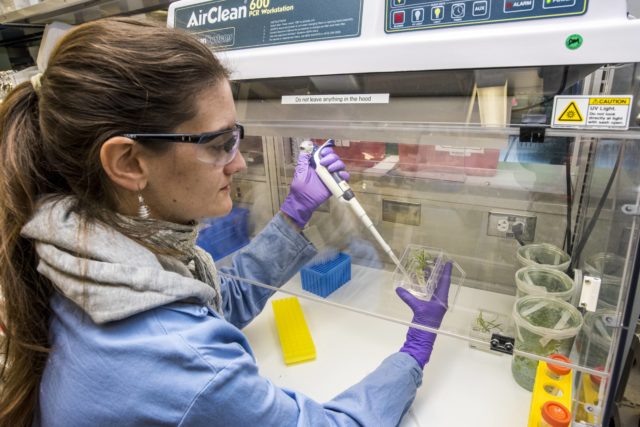



Biosciences
Berkeley Lab’s Biosciences Area is a leader in the advancement of biological science relevant to national-scale challenges in energy, environment, health, biomanufacturing, and technology development. Its integrated biosciences program benefits from the expertise of a large staff of researchers, access to world-class facilities, and the organizational strength of the Laboratory’s Divisions and affiliated research institutes.
Biosciences Area research is coordinated through three Divisions and one User Facility: Biological Systems and Engineering, Environmental Genomics and Systems Biology, Molecular Biophysics and Integrated Bioimaging, and the DOE Office of Science National User Facility Joint Genome Institute.
Case studies of successful collaborations with Biosciences researchers include:
- Checkerspot: The Wild World of Microbe–Made Products – Skis Now Included
- Lygos: First Bioprocess Pilot-Scale Production of Malonic Acid from Renewable Resources
- Microvi Biotechnologies: Innovative Microvi Bio-ethanol Technology Validated at Berkeley Lab
- Kalion / Bolt Threads / Indie Bio: ABPDU Leverages State-of-the-Art Facilities with Industry Innovation to Advance Biofuel Technologies
- Brightseed: JGI integrates large-scale metabolomic and transcriptomic data sets into Brightseed’s discovery process
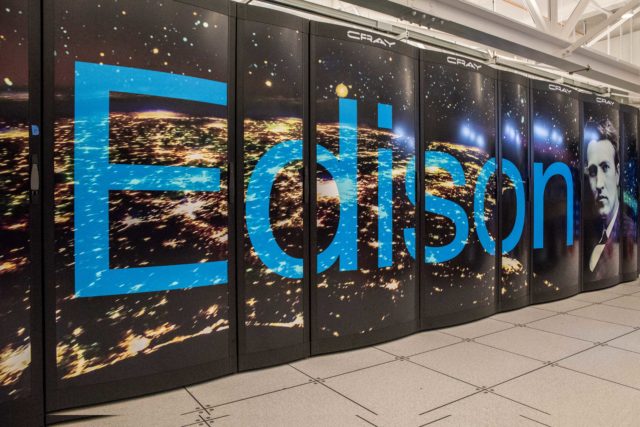


Computing Sciences
The Computing Sciences Area achieves breakthrough impacts across several scientific domains through the discovery and use of advanced computational and mathematical methods and systems that are accessible to the broad science community. By operating two national user facilities — NERSC and ESnet — and by conducting applied research and development in computer science, computational science, and applied mathematics, the three essential elements of computational modeling and simulation, within its Computational Research Division.
Case studies of successful collaborations with CSA researchers include:
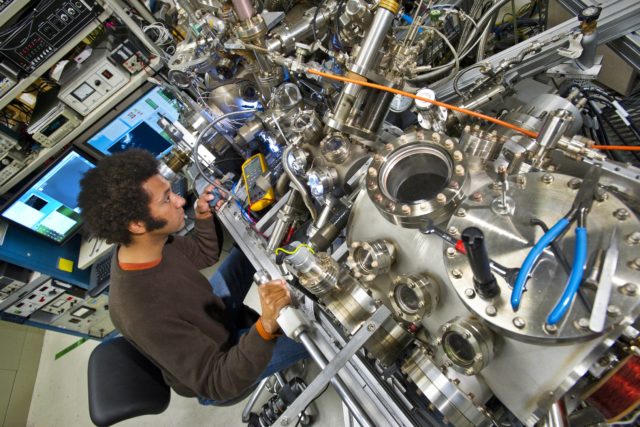





Energy Sciences
Researchers in the Energy Sciences Area seek technological solutions to major energy-related challenges that impact not only the global economy but our planet. In keeping with the “team science” concept that is the hallmark of Berkeley Lab, this research is carried out across multiple scientific disciplines using the most advanced tools and instrumentation available. Energy Sciences encompasses the Materials Sciences Division, the Chemical Sciences Division, and two DOE Office of Science national scientific user facilities — the Advanced Light Source and the Molecular Foundry — plus several crosscutting research centers and facilities.
Industry Users at the Molecular Foundry
Case studies of successful collaborations with ESA researchers include:
- Toyota Research Institute: ALS Confirms Mechanism for Improved Fuel Cell Catalysis
- Hewlett Packard Labs: Memristor Collaboration between ALS and Hewlett Packard Labs Propels Theory to Application
- Pepsico: PepsiCo Explores Future Food Products at the ALS
- Magic Leap: Scientists Bring Visual ‘Magic’ to Light
- aBeam Technologies: Molecular Foundry and ALS Users, aBeam Technologies, Make Metrology History
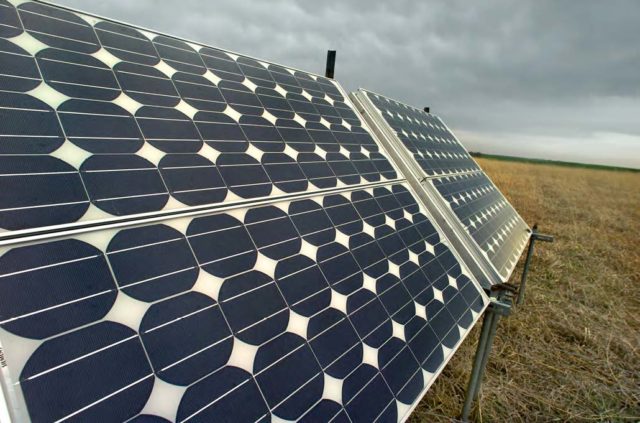



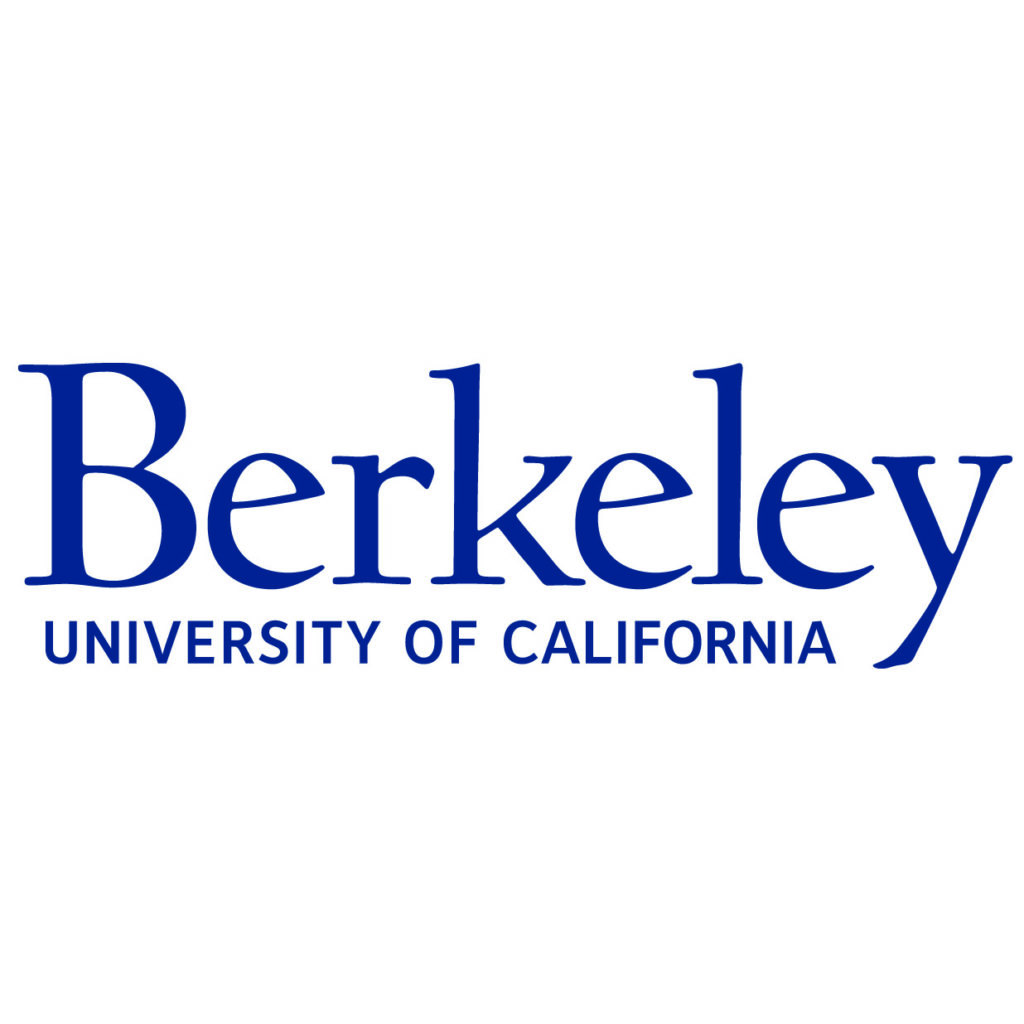
Energy Technologies
Researchers in the Energy Technologies Area (ETA) perform analysis, research, and development in a wide range of topics to improve infrastructure and maximize cost savings. From buildings and batteries, to indoor air quality, the electricity grid, transportation, and environmental impacts, the Area’s focus has been on a coordinated technological and deployment-oriented strategy to address the world’s most critical energy and environment challenges. Our researchers workorking across the globe with collaborators in industry, utilities, federal agencies, non-governmental organizations, state and local governments, and universities.
Energy Technologies is organized into four divisions: Building Technology and Urban Systems, Energy Analysis and Environmental Impacts, Energy Storage and Distributed Resources, and Cyclotron Road.
More information about ETA’s research facilities and areas can be found here.
Case studies of successful collaborations with ETA researchers include:
- 3M: Innovative Testing for “Smog-Eating” Roof Shingles
- UC Berkeley: Sensors Measure Neighborhood Air Quality
- Johnson Controls: Release of Building Efficiency Targeting Tool for Energy Retrofits (BETTER)
- Toyota Research Institute: With Little Training, Machine-Learning Algorithms Can Uncover Hidden Scientific Knowledge
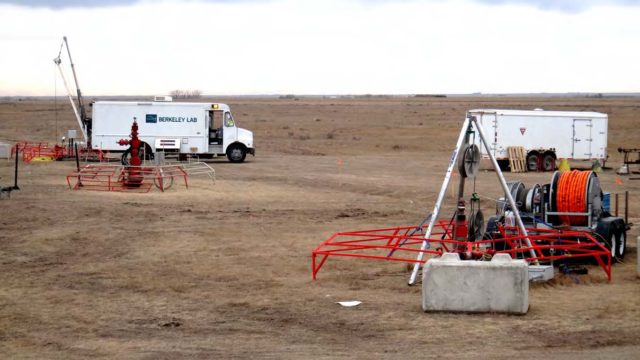
Earth & Environmental Sciences
Berkeley Lab’s Earth & Environmental Sciences Area (EESA) is a premier Earth sciences research organization. Here scientists are tackling some of the world’s most pressing environmental and energy challenges, enabling more sustainable stewardship and judicious use of the Earth’s resources. Integrated teams with a breath of expertise, our Climate and Ecosystem Sciences and the Energy Geosciences Divisions, lead the nation in solving complex environment and energy challenges.
EESA has a wide range of available technologies for licensing and collaboration, as well as an impressive portfolio of ongoing and past collaborative projects.
Case studies of successful collaborations with EESA researchers include:
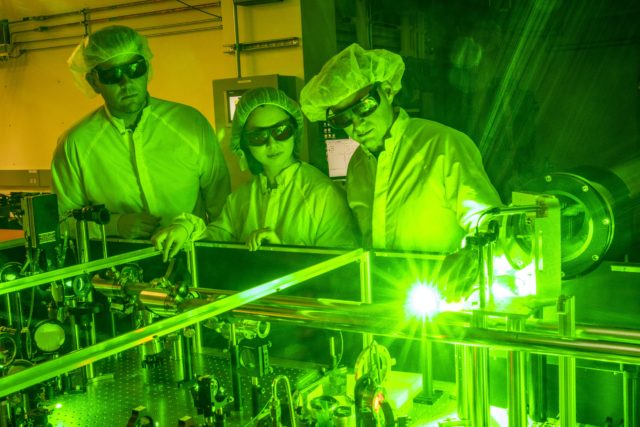
Physical Sciences
The Physical Sciences Area explores the fundamental forces and particles of matter from deep inside atoms to the farthest edges of the universe. Across the disciplines, embodied by the Accelerator Technology & Applied Physics (ATAP), Engineering, Nuclear Science, and Physics Divisions, the Area sustains a diverse and exciting program aligned to national priorities in experiment, theory, computing and instrumentation.
Information on partnering and licensing opportunities with ATAP can be found here.
Berkeley Lab Experts and Technologies
The Department of Energy hosts a Lab Partnering Service (LPS) portal enabling access to Berkeley Lab Experts, Facilities, Technologies and Patents.
Our Intellectual Property Office (IPO) also maintains a list of technologies available for collaborative research or licensing opportunities.
